Microcontrollers are the backbone of all embedded systems, and ARM Microcontroller Embedded Systems dominate the embedded system ecosystem due to their efficiency, flexibility, and power. This article is a summary of what resources you can find related to ARM microcontroller and embedded systems, what they are, where they are used, their advantages, and how you can start to strengthen your concepts related to them. Regarding PDFs and other resources, we emphasize protecting privacy, and as a student or hobbyist, well-structured PDFs can make a whole lot of difference in your learning.
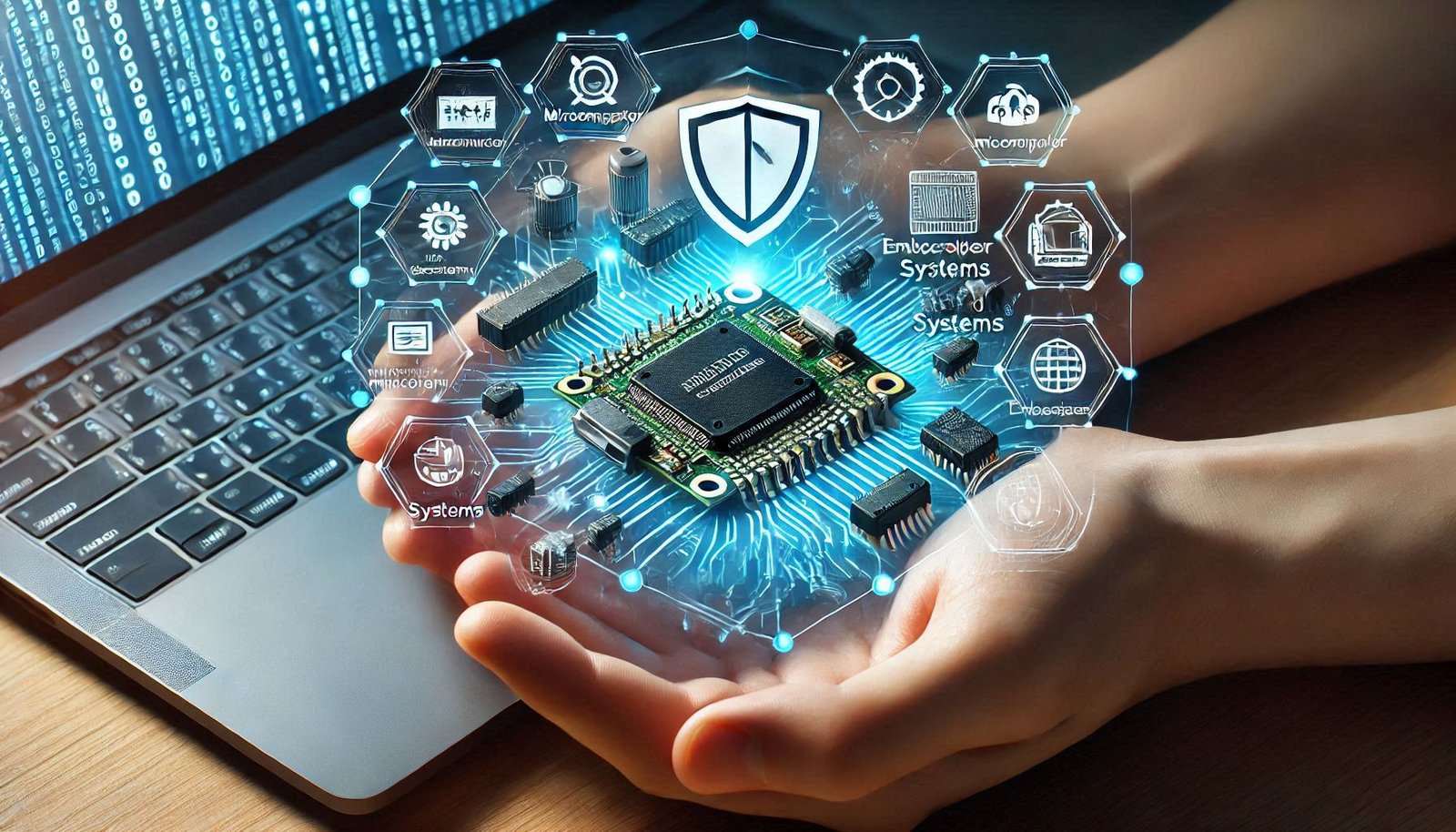
What is an ARM Microcontroller?
An ARM microcontroller is referred to simply as the Microcontroller, which is a small chip, not on the computer in which it contains the microprocessor along with some more functional units, such as memory and input/output interfaces. ARM (Advanced RISC Machine) is a popular choice because it is low power, simple to program and performs well.
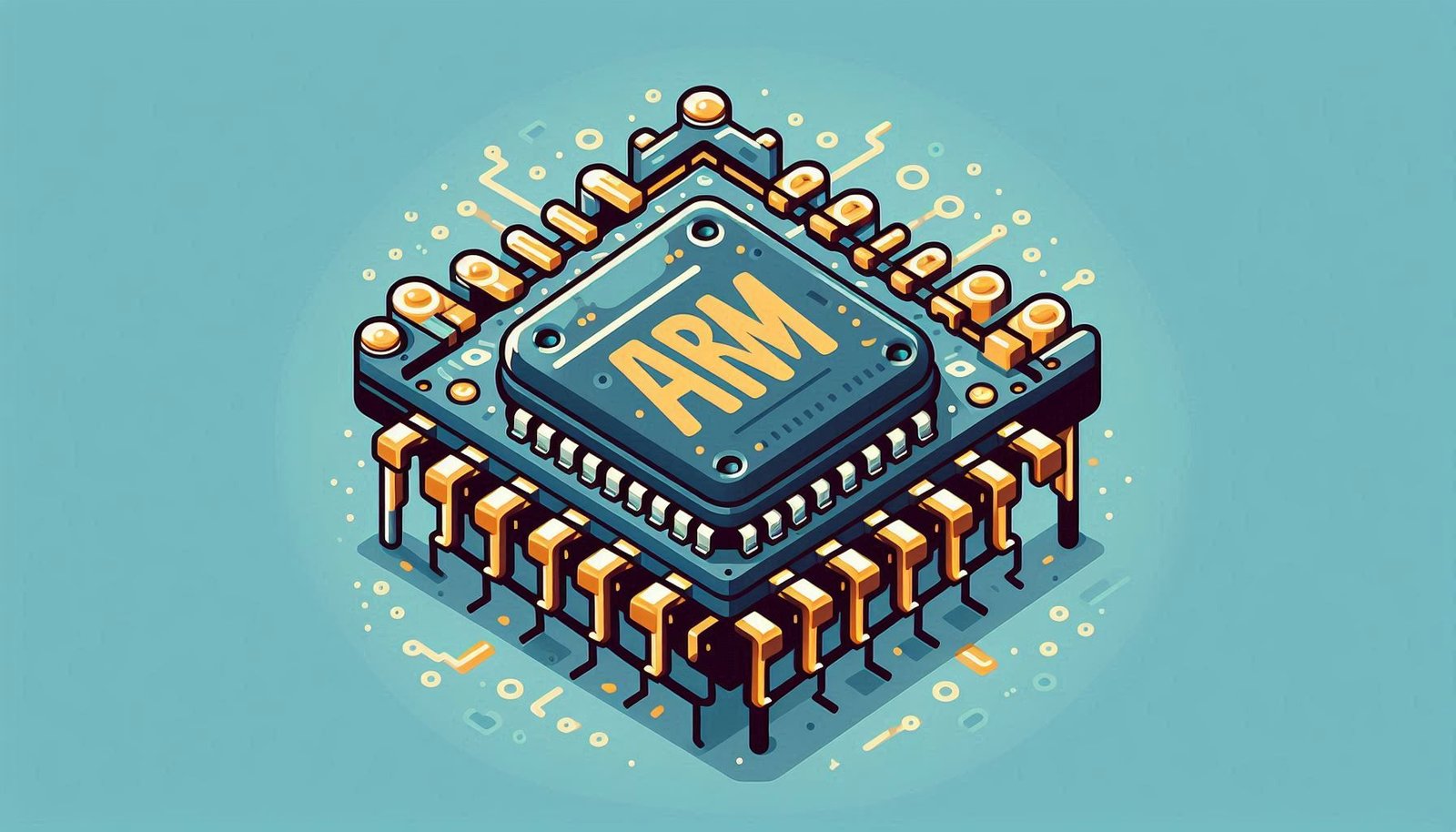
Key Features of ARM Microcontrollers
- RISC Architecture: Reduces the instruction set and process commands faster.
- Great for: Low Power Consumption: Perfect for devices powered by batteries.
- Scalable Performance: ARM Cortex-M0, M.3 and M.4 cores
- Bit of Processing: Processes complex operations in an orderly manner.
- Wide Used: In consumer electronics, industrial applications, IoT, etc
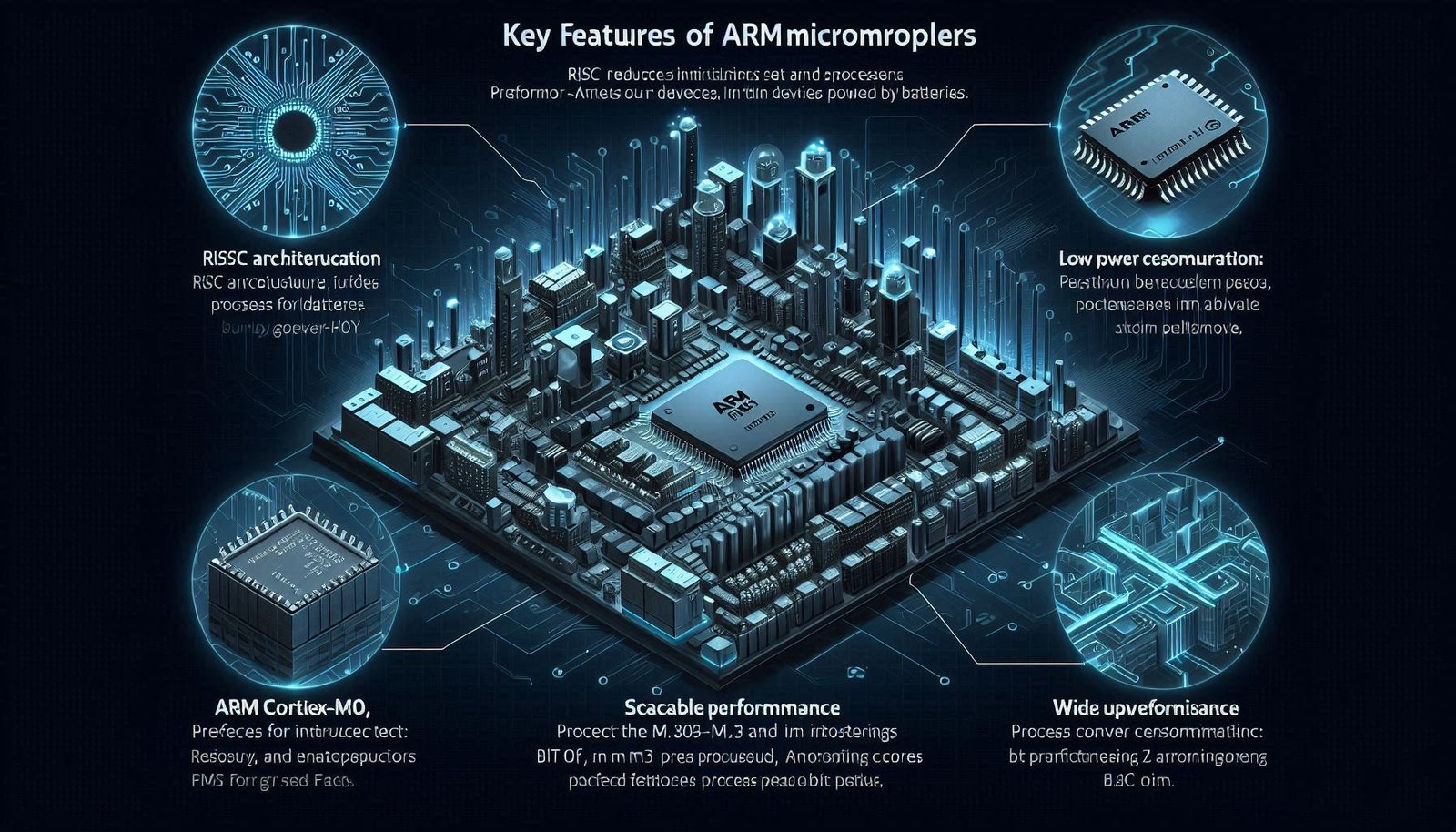
What are Embedded Systems?
Embedded systems, in turn, are specially designed computer systems to execute particular functions as part of a bigger system. They are often components of hardware and software, working in concert to create real-time systems. ARM microcontrollers are common in embedded system designs due to their flexibility and low power.
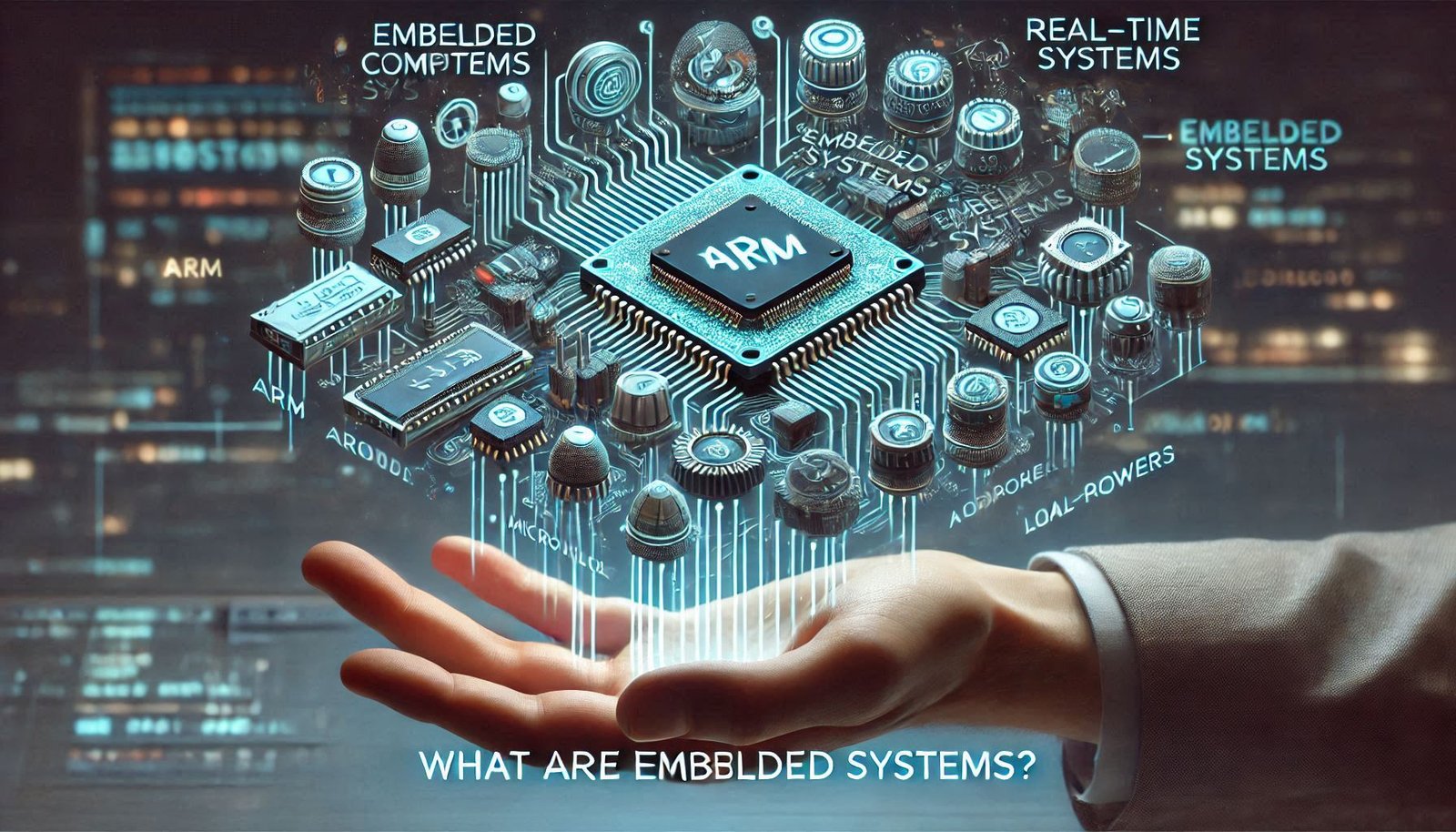
Examples of Embedded Systems
- Home Appliances: washingmachines, microwaves, aNd smart thErmostats
- Automotive: Airbag, engine management and infotainment systems.
- Healthcare Equipment: Fitness trackers and insulin pumps that you can wear.
- IIOT : Factors and Controllers in Factory
Why Use PDFs for Learning ARM Microcontroller and Embedded Systems?
ARM Microcontroller and Embedded Systems PDF benefits for learners and professionals:
Advantages of Using PDFs
-
1. Portability
-
PC is obviously capable of sharing different devices and OSs (Windows, Mac, Android, iOS); once formatting becomes lost MS-Word will be gone.
-
They are optimal for storage and for sending over — via e-mail or any online cloud platform — because they take up little space.
2. Offline Access
-
PDFs are also downloadable so you can read them, even without an internet connection, and this makes them perfect for traveling or other instances where internet may be scarce.
3. Structured Information
-
And many times PDFs preserve the native format of the files, including but not limited to text, images, diagrams, and tables.
- They also support interactivity such as bookmarks, links and annotations for navigation purposes.
4. Universal Compatibility
-
You can open PDF files on almost any device (free readers available such as Adobe Acrobat Reader or built-in readers in browsers).
- Unlike other file forms, in the event that you open the PDF record in some other gadget or print out it, it will hold to its arrangement.
5. Free Access to Resources
-
There are tons of free PDF eBooks, research papers, user-manuals, tutorials, and public domain titles available.
- Many educational institutions and research databases have free or open-access PDFs.
6. Security Features
-
For secure sharing and for authentication purposes, PDFs can be encrypted, password-protected or digitally signed.
7. Integration of Multimedia
-
Interactive content: PDFs may have hyperlinks, videos, forms, and also embedded 3D models.
8. Print-Friendly Format
-
Being print-optimized, PDFs provide an assurance that the documents remain as they are – with their design and layout in order without adjustment.
-
The ability to do these things, on top of everything else, combined with the convenience of their security and universal compatibility with virtually any device, makes them an obvious choice for businesses, schools, and even home use alike.
-
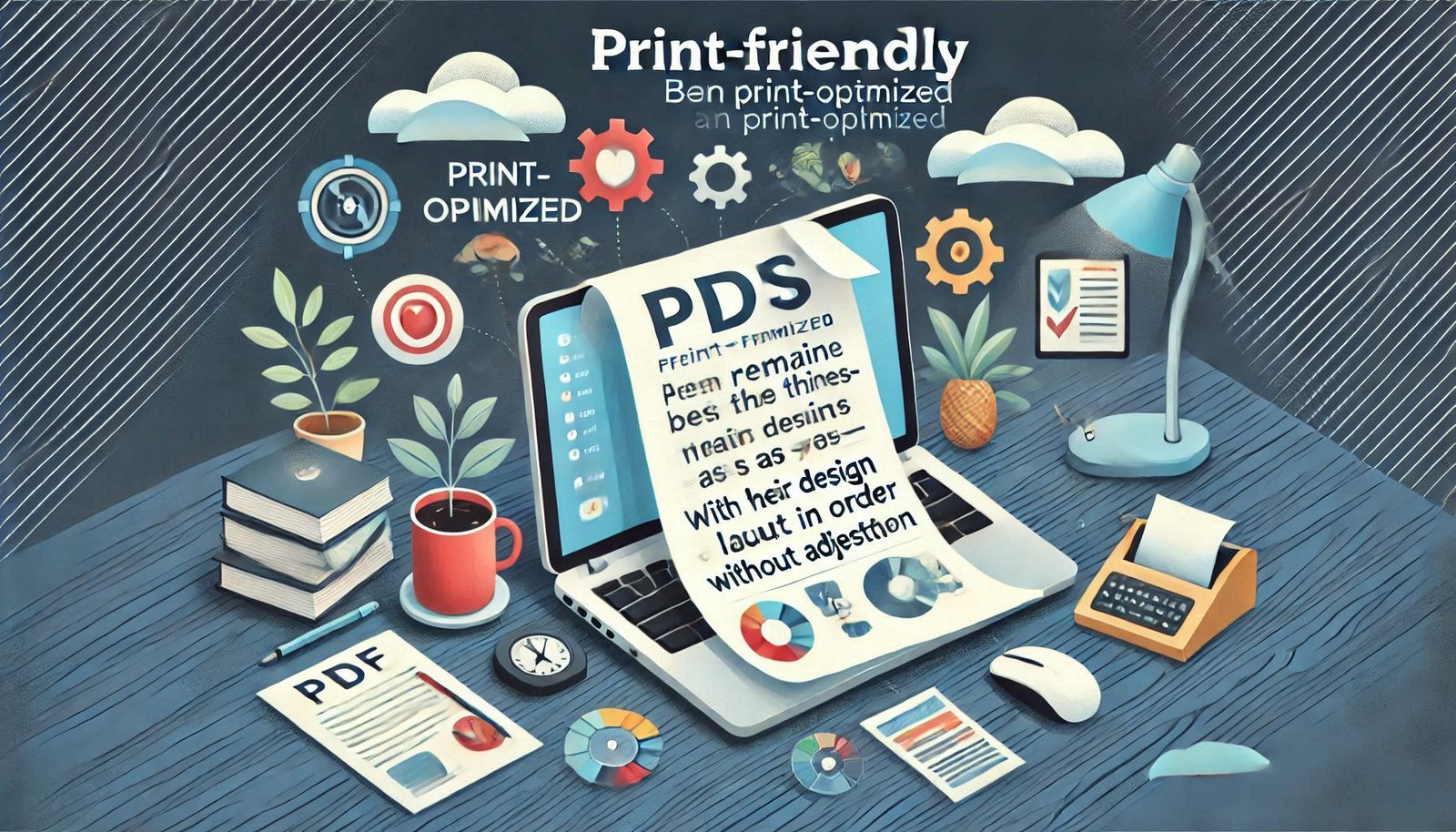
ARM Microcontroller and Embedded Systems: Getting Started
If you are interested ARM microcontrollers and you have no idea where to start then it can be a nightmare. That said, this is a step-by-step process to help you:
Step 1: Understand the Basics. Arm Microcontroller Embedded Systems
-
Become accustomed with RISC architecture, ARM Cortex cores and microcontrollers.
-
An introduction to what embedded systems are and their applications in the world.
Step 2: Download Essential PDFs
-
Search for basics on ARM architecture and programming keywords PDFs.
- Look for eBooks or tutorial to a particular microcontroller — STM32, NXP LPC series, etc.
Step 3: Learn the Hardware
-
Go through study datasheets and reference manuals of the microcontroller used.
- Develop an understanding of pin, memory and peripheral modules configuration.
Step 4: Explore the Software Environment
-
IDE usage (Keil uVision, ARM DS-5, STM32CubeIDE)
- Learn embedded systems programming languages (C or Python etc.)
Comparison of ARM Microcontrollers
| Feature | Cortex-M0 | Cortex-M3 | Cortex-M4 |
|---|---|---|---|
| Processing Speed | Low | Moderate | High |
| Power Consumption | Very Low | Low | Moderate |
| Target Applications | Low-cost devices | General-purpose systems | Signal processing apps |
| Floating Point Unit (FPU) | No | No | Yes |
| Use Cases | IoT devices, Sensors | Automation, Controllers | Audio, DSP Applications |
Popular ARM-based Microcontroller Families
1. STM32 (STMicroelectronics)
- So from models with different applications.
- Enables advanced peripherals and real-time operating systems (RTOS) usage.
2. LPC Family (NXP Semiconductors)
- Specialized in buildings with low energy use.
- Widely used in industrial automation and consumer electronics,
3. SAM Series (Microchip)
- ARM Cortex-M0 and M4 models included
- Commonly used in cars and smart home equipment.
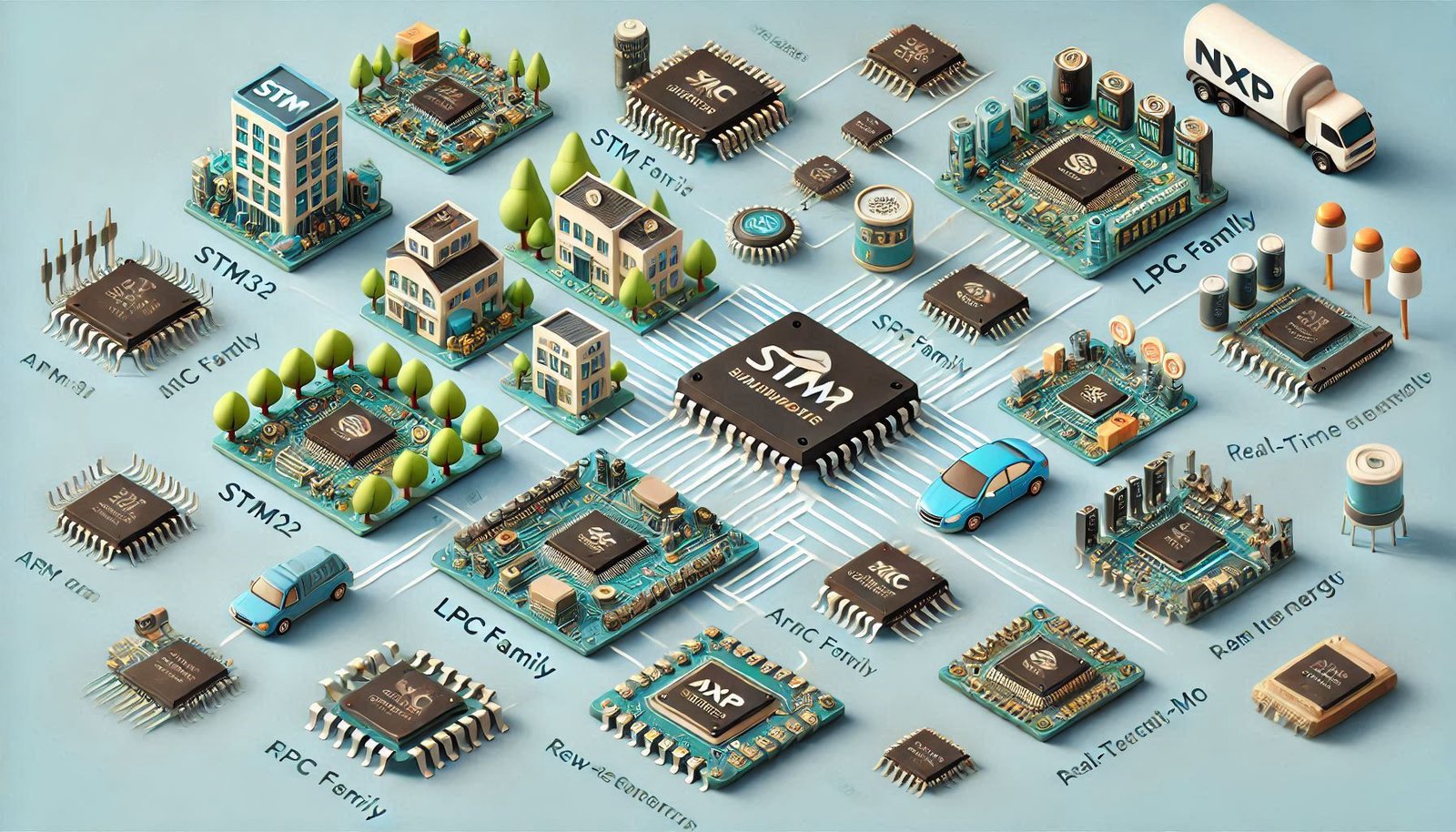
Applications of ARM Microcontrollers in Embedded Systems
- Consumer Electronics : Smartphones, tablets, and wearables
- IoT Devices: Smart sensors and gateways, connected home appliances
- Medical Devices : ECG Monitor, Ventilators, Fitness tracker.
- Automotive Solutions : Engine management unit, ADAS, and infotainment
- Robotics — Robots and drones that operate autonomously.
How to Study from a PDF: Top Tips
Here are some practices to learn from PDFs that maximize your comprehension:
1. Take Notes
Bookmark important information, add annotations in your PDF, or write notes in your notebook or a digital tool. This assists in disciplining the concepts and reviewing them becomes easier.
2. Work on Projects
Use practical projects, assignments, or case studies to solidify your focus. Learning by doing is generally retained much better.
3. Join Online Communities
Interact with other learners on discussion forums, social media or on learning platforms. Talking to other students about topics helps clear up confusion, gives different perspectives, and encourages further learning.
4. Use Reference Manuals and Datasheets
If you are dealing with technical subjects or hardware, keep all relevant PDFs (manuals, datasheets, etc.) on hand to quickly look something up. These are critical references.
5. Organize PDFs Systematically
Organize your PDFs by topic or subject using folders, tags, or a digital library. It thereby facilitates finding particular materials upon need.
6. Set Learning Goals and Track Progress
Split big PDFs into smallest parts, you can set reading goals for your to read, and you can monitor your process throughout time. This makes sure your learning stays organized and directed.
7. Utilize Search Functions and Bookmarks
- Use built-in search tools or bookmarks within PDFs to quickly locate specific sections or topics. This saves time and helps you focus on relevant content.
Frequently Asked Questions (FAQs)
1.Which programming languages are usually supported by ARM microcontrollers?
-
The languages widely used for ARM microcontrollers are C and C++ because they can provide high level access to hardware and are efficient. In some cases the application demands or development environment may require Python and Assembly language.
2. Can I learn ARM programming without prior experience?
-
Absolutely, there are lots of beginner resources to start like free downloadable PDF and online courses. Begin with the fundamentals before progressing to more advanced subjects.
3. Where can I find free PDFs on ARM microcontrollers?
-
Free PDFs can be downloaded from various sources, including ARM’s own site, STMicroelectronics, and NXP. You can also find plenty of technical papers and tutorials on academic platforms such as ResearchGate and Google Scholar.
4. What Software You Need to Program ARM Microcontrollers?
-
Popular Tools: Keil uVision, STM32CubeIDE, ARM DS-5 Development Studio.
5. ARM actually got its root in embedded systems, does this mean ARM is just for embedded systems?
-
That’s not accurate, ARM chips are also over on cellphones, tabletops and frankly laptops because their power-draining perfection.
Conclusion
From IoT devices to industrial automation, ARM microcontrollers implement almost every modern embedded system. PDFs about ARM Microcontrollers & Embedded Systems allow for a flexible yet complete learning experience. Learn the fundamentals, explore specific microcontroller families in-depth, and use projects to reinforce your skills. And hopefully, you will find some important thing and you will learn embedded systems programming nice with the right resources